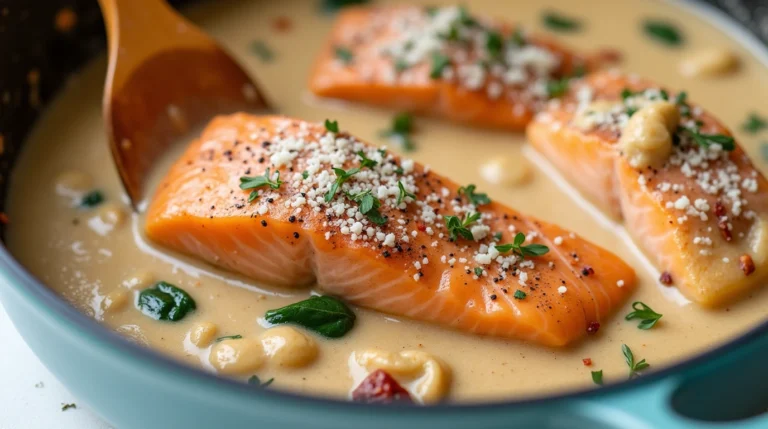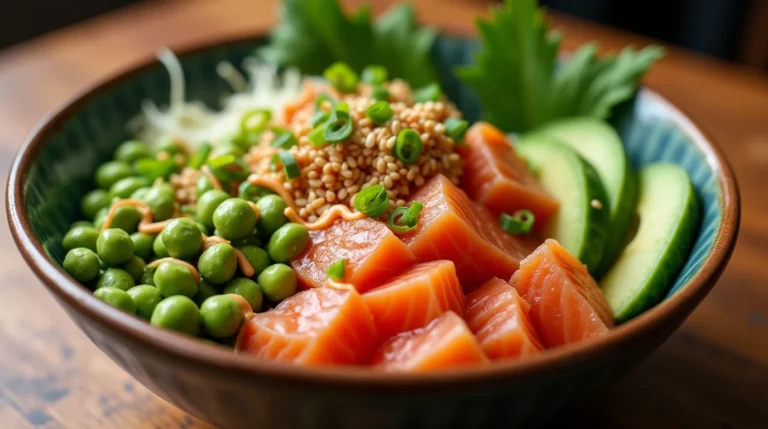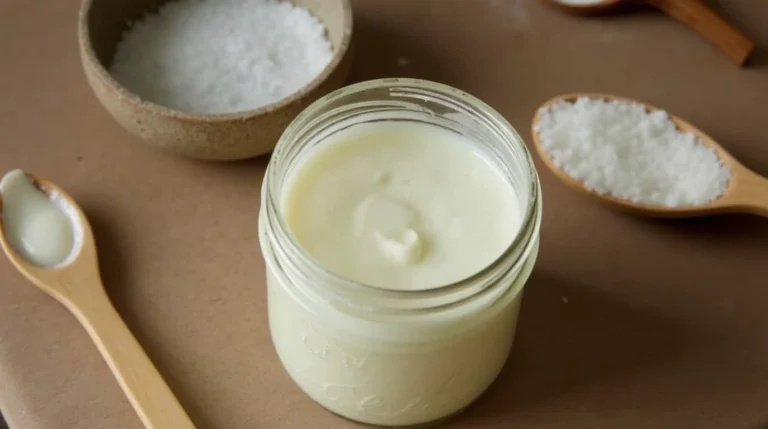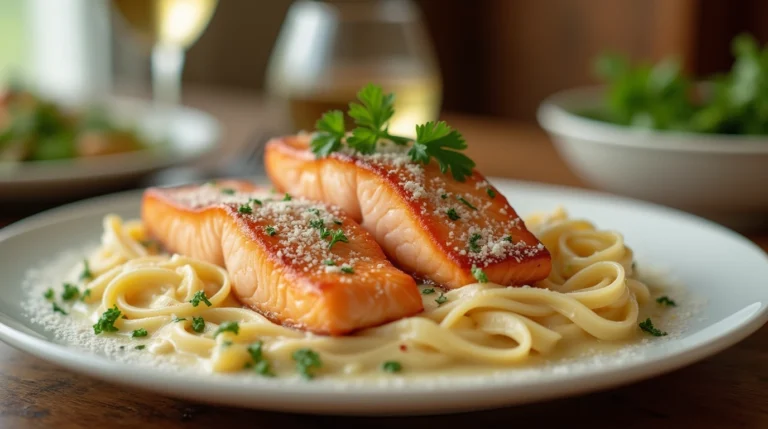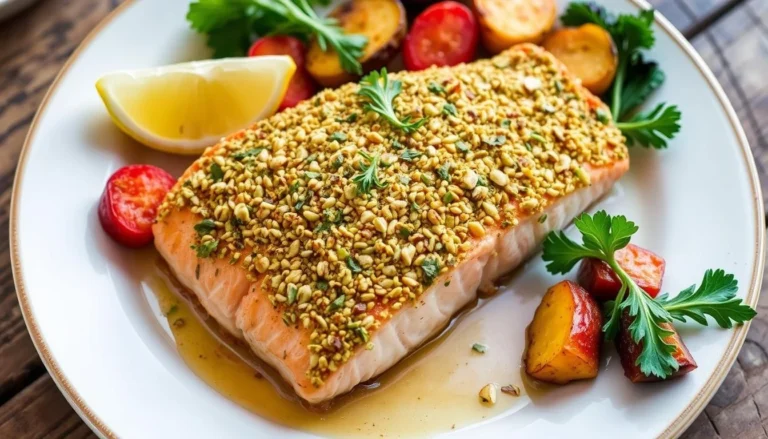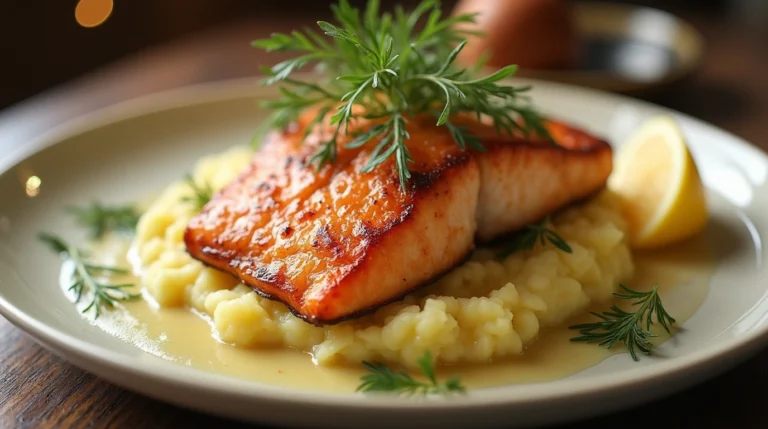Bread and Crumbs: 7 Easy Ways to Make and Use Them
There’s something magical about the transformation of a humble loaf into those versatile golden particles we call breadcrumbs, I’ve discovered that understanding bread and crumbs is essential for countless culinary creations. Whether you’re coating chicken cutlets, binding meatballs, or adding that perfect crunchy topping to mac and cheese, breadcrumbs are the unsung heroes of the kitchen.
In my years of experimenting with different recipes, I’ve learned that not all bread and crumbs are created equal. The journey from bread to breadcrumbs is fascinating and worth exploring if you want to take your home cooking to the next level. So let’s dive into the wonderful world of bread and crumbs, discover how to make breadcrumbs at home, and unlock the secrets to using them to their full potential.
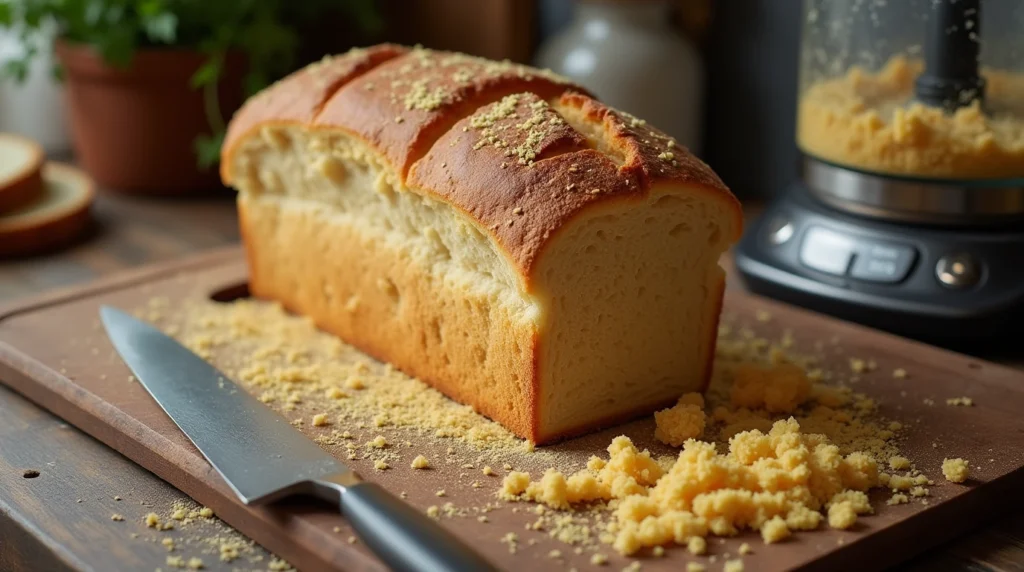
Table of Contents
Understanding the Basics: What Are Breadcrumbs?
Before we get into the nitty-gritty, let’s clarify what we’re talking about. Breadcrumbs are exactly what they sound like – dried, crushed pieces of bread used in cooking for texture, binding, coating, and flavoring. The difference between bread and breadcrumbs is primarily in form and function. While bread serves as a staple food on its own, breadcrumbs transform into a versatile ingredient that enhances other dishes.
When bread is dried and processed into crumbs, it develops a different texture and application potential. Fresh bread crumbs have a more substantial texture and moisture content, while dried breadcrumbs are finer and have a longer shelf life. This simple transformation from loaf to crumb creates an entirely new culinary tool in your arsenal.
How to Make Breadcrumbs at Home
Making breadcrumbs at home is incredibly simple and much more economical than buying them pre-packaged. Plus, when you learn how to prepare bread crumbs at home, you can control the ingredients, ensuring there are no unnecessary additives or preservatives.
Basic Method for Fresh Bread Crumbs
- Choose your bread: Almost any type works, but firmer varieties like sourdough or country loaves create sturdier crumbs.
- Cut or tear: Remove crusts if desired (though they add flavor!), and cut or tear bread into smaller pieces.
- Process: Pulse in a food processor until you achieve your desired consistency.
How to Make Breadcrumbs from Stale Bread
Stale bread is actually perfect for breadcrumbs! Here’s how to transform those forgotten loaves:
- Tear the stale bread into rough chunks.
- Dry further by spreading on a baking sheet and leaving out overnight, or placing in a low oven (around 250°F) for 30 minutes.
- Cool completely before processing into crumbs.
- Process in a food processor, blender, or even by hand with a grater.
Quick Method: Breadcrumbs from Toast
If you’re in a hurry, here’s how to make breadcrumbs from toast:
- Toast bread slices until they’re golden brown and completely dry.
- Cool thoroughly to prevent moisture when storing.
- Process or crush to your desired texture.
Types of Bread for Making Breadcrumbs
The best bread for making breadcrumbs depends largely on what you plan to use them for. Here’s a breakdown of different bread types and their crumb characteristics:
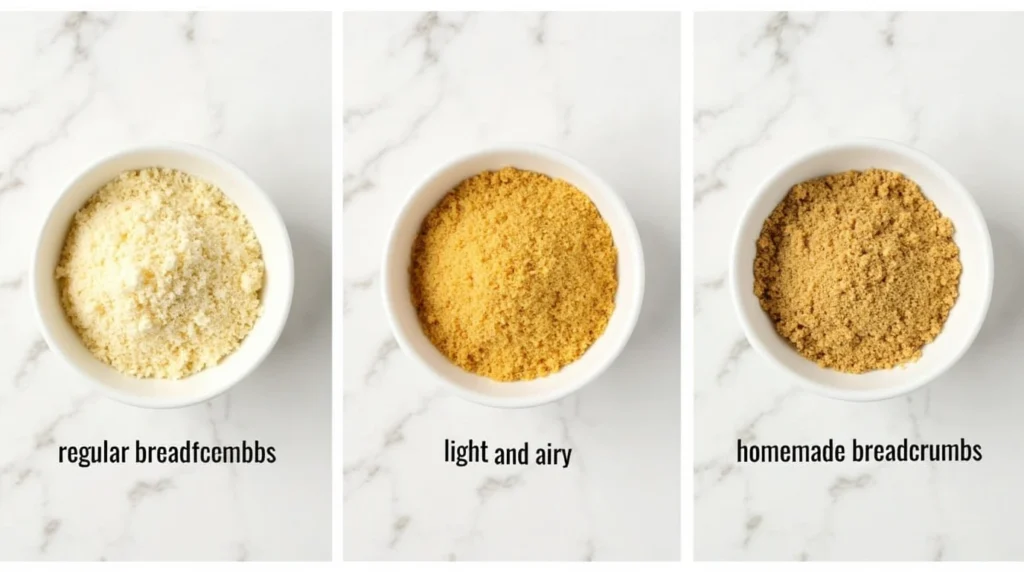
Sandwich Bread
Standard white sandwich bread creates soft, fine crumbs that are ideal for binding. They absorb moisture well and blend seamlessly into mixtures like meatloaf or crab cakes.
Sourdough Bread
Sourdough bread creates breadcrumbs with a distinctive tangy flavor and excellent crumb texture. The natural fermentation process gives these crumbs a complexity that works beautifully in pasta toppings or as a crust for baked fish.
Whole Grain Breads
Whole grain varieties create nuttier, more robust breadcrumbs with additional fiber and nutrients. These are excellent for adding depth to dishes or creating healthier versions of classic recipes.
Gluten-Free Bread
Yes, breadcrumbs can be made from gluten-free bread! While the texture might differ slightly from traditional breadcrumbs, they function similarly in recipes. Making homemade gluten-free breadcrumbs is especially economical considering the higher cost of gluten-free products.
Specialty Breads
Rye, pumpernickel, or herb-infused artisanal breads can create uniquely flavored breadcrumbs for specialty applications. These make for interesting crusts and toppings that carry their own distinct flavor profiles.
Panko vs. Regular Breadcrumbs
When discussing bread and crumbs, we can’t overlook panko breadcrumbs, which have gained enormous popularity in Western kitchens.
Panko breadcrumbs originate from Japan and differ from regular breadcrumbs in several important ways:
| Feature | Regular Breadcrumbs | Panko Breadcrumbs |
| Texture | Fine, dense | Light, airy, flaky |
| Appearance | Small, round particles | Larger, sliver-shaped pieces |
| Crispiness | Good | Superior |
| Oil Absorption | Absorbs more oil | Absorbs less oil |
| Heat Resistance | Good | Excellent (stays crispy longer) |
| Best Uses | Binding, fillings, toppings | Coating for frying, baking |
The distinctive characteristics of panko come from the way it’s processed. Traditional panko is made from crustless bread that’s baked with electrical current, creating bread without a brown crust. This bread is then dried and processed into flakes rather than ground into fine crumbs.
If you’re looking for that signature ultra-crispy coating on fried foods, panko is the way to go. Its unique structure creates a lighter, crispier texture that absorbs less oil and stays crunchy longer than regular breadcrumbs.
Storing Your Homemade Breadcrumbs
Once you’ve mastered how to make breadcrumbs at home, proper storage is key to maintaining freshness:
- Cool completely before storing to prevent moisture buildup.
- Store in airtight containers like glass jars or zip-top bags.
- Label with the date and type of bread used.
- Keep in a cool, dry place for up to 1 month, or freeze for up to 3 months.
- Check for freshness before using by smelling for any off odors.
For fresh bread crumbs with higher moisture content, refrigeration is recommended, and they should be used within a week. Dried breadcrumbs can be stored at room temperature much longer.
Creative Uses for Leftover Bread Crumbs
Don’t let any of your precious homemade breadcrumbs go to waste! Here are some inspired uses for leftover bread crumbs beyond the ordinary:
- Crunchy salad topping: Toast with herbs and use instead of croutons
- Pasta topping: Mix with garlic, lemon zest and olive oil for a quick gremolata
- Vegetable gratin: Create a crispy layer atop your favorite roasted vegetables
- Stuffed mushrooms: Mix with herbs, cheese and olive oil for a quick filling
- Thickener for soups and sauces: Add to hearty soups for body and texture
- Savory fruit crisp: Create unusual savory-sweet desserts with seasoned breadcrumbs
- Breading for roasted vegetables: Coat cauliflower or zucchini before roasting
Seasoning Your Breadcrumbs
One of the real joys of making homemade breadcrumbs is the ability to create custom seasoned versions. Here’s my go-to Italian seasoned breadcrumbs recipe:
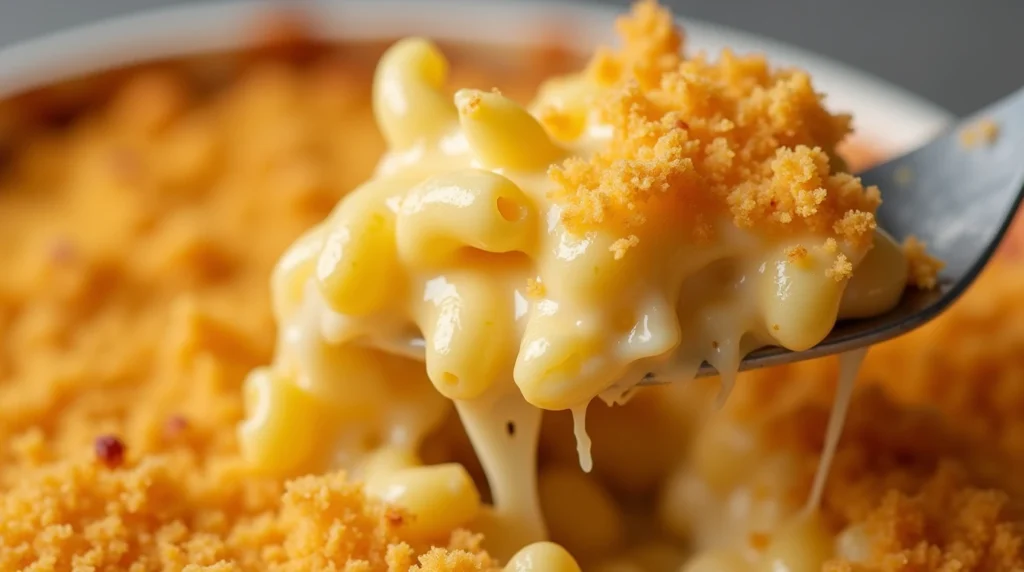
Italian Seasoned Breadcrumbs
- 2 cups homemade breadcrumbs
- 2 tablespoons dried parsley
- 1 tablespoon dried oregano
- 1 tablespoon dried basil
- 2 teaspoons garlic powder
- 1 teaspoon onion powder
- 1 teaspoon fine sea salt
- 1/2 teaspoon black pepper
- 1/4 cup grated Parmesan (optional)
Simply mix all ingredients thoroughly and store in an airtight container. These seasoned breadcrumbs are perfect for chicken parmesan, meatballs, or as a topping for pasta dishes.
Frequently Asked Questions (FAQs)
What is the difference between bread and breadcrumbs?
Bread is a baked food product made from flour, water, and typically yeast, while breadcrumbs are dried, crushed pieces of bread used as an ingredient in cooking for binding, coating, and adding texture to dishes.
How are breadcrumbs made from bread?
Breadcrumbs are made by drying bread (either naturally or in an oven), then processing it into small pieces using a food processor, blender, or by hand using a grater or by crushing.
What types of bread are best for making breadcrumbs?
The best breads for breadcrumbs depend on your intended use. Firmer breads like sourdough make sturdier crumbs ideal for coating, while white sandwich bread creates softer crumbs perfect for binding. Day-old or slightly stale bread often works best.
Can breadcrumbs be made from gluten-free bread?
Yes, gluten-free bread can absolutely be used to make breadcrumbs. The process is identical to making regular breadcrumbs, though the texture may differ slightly depending on the gluten-free bread used.
What is the purpose of using breadcrumbs in recipes?
Breadcrumbs serve multiple purposes: they add texture and crunch as coatings, act as binders in meatballs and veggie burgers, absorb moisture in casseroles, create toppings for gratins and baked dishes, and can even thicken sauces and soups.
How do you store homemade breadcrumbs to keep them fresh?
Store completely cooled breadcrumbs in airtight containers at room temperature for up to a month, in the refrigerator for up to three months, or in the freezer for up to six months. Fresh breadcrumbs with higher moisture should be refrigerated and used within a week.
What are panko breadcrumbs, and how do they differ from regular breadcrumbs?
Panko breadcrumbs are Japanese-style breadcrumbs made from crustless bread that’s processed into larger, flaky pieces. They’re lighter, airier, and crispier than regular breadcrumbs and absorb less oil when fried, resulting in a lighter, crunchier coating.
Can stale bread be used to make breadcrumbs?
Yes, stale bread is actually ideal for making breadcrumbs! The drier bread is easier to process and requires less additional drying, making it perfect for breadcrumb production and reducing food waste.
Are there substitutes for breadcrumbs in recipes?
Yes, breadcrumb alternatives include crushed crackers, crushed cereal (like cornflakes), crushed nuts, ground seeds, almond flour, coconut flour, ground oats, crushed pork rinds, and crushed rice or corn cakes, depending on dietary needs.
How can I season breadcrumbs for specific dishes?
Season breadcrumbs by mixing in dried herbs, spices, grated cheese, citrus zest, garlic powder, or other flavorings before using. Italian-style breadcrumbs typically include herbs like basil, oregano, and parsley, while Japanese varieties might include seaweed flakes and sesame seeds.
Conclusion
Understanding bread and crumbs opens up a world of culinary possibilities. From learning how to make breadcrumbs from stale bread to creating your own seasoned varieties, these versatile little particles deserve a special place in your cooking repertoire. Not only do they help reduce food waste by utilizing leftover bread, but they also add texture, flavor, and body to countless dishes.
I hope this guide has inspired you to see beyond the humble breadcrumb and recognize its potential as a transformative ingredient. Whether you’re breading cutlets, binding meatballs, or adding that perfect crispy topping to casseroles, homemade breadcrumbs bring quality and customization that store-bought varieties simply can’t match.
Write a review
There are no reviews yet. Be the first one to write one.


